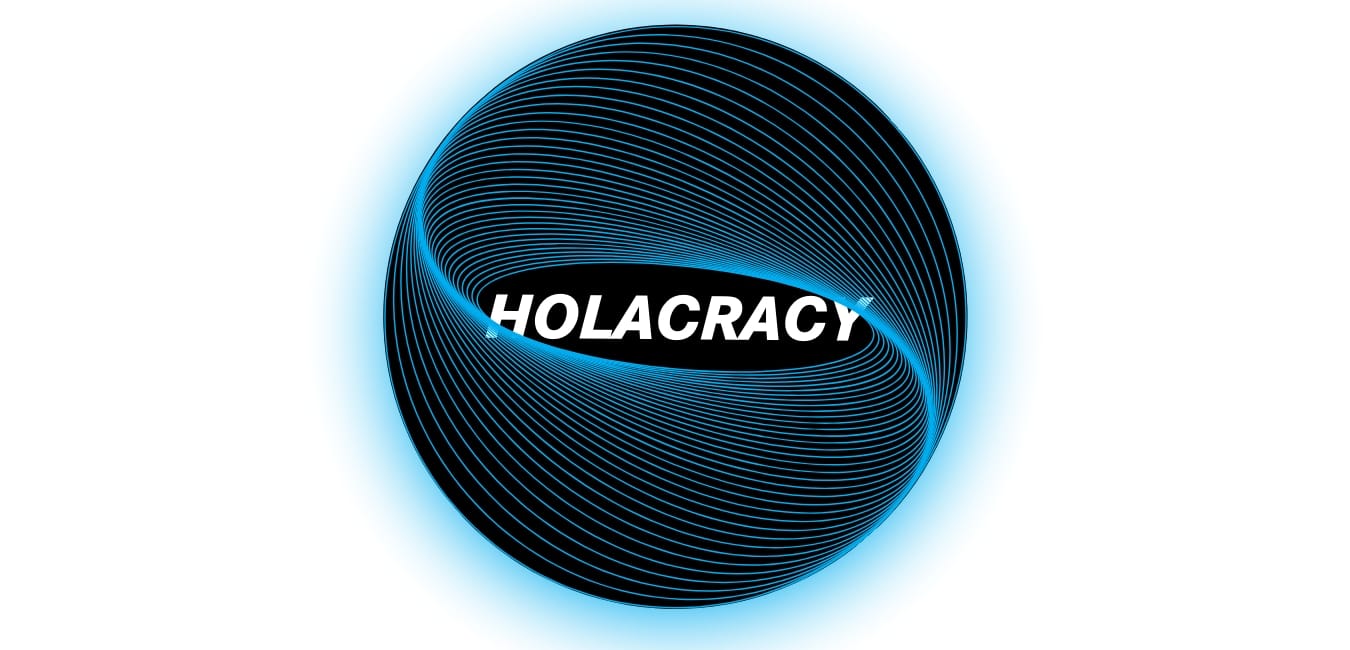Hola-what?! Here's what you need to know about our organizational structure
Susanne Kopp · June 13, 2019
It seems like every company is trying to implement flat hierarchies nowadays. At Mercedes-Benz.io we have been putting in thought to this matter since the company was founded in 2016 and tried to create the most responsive organizational structure possible.
Holacracy is a “non-classical” framework which is representing our operating system within the company (like others adopt the pyramid or a network organization). Our setup is based on purpose, circles and roles as well as their specific accountabilites. It’s also a hierarchical structure, which, however, is not based on people but on the purpose of roles and circles (a circle can be seen as a role with broader accountabilities, too).
What made us decide to build an organization based on the holocratic framework?
From the very beginning of Mercedes-Benz.io (formerly known as CINTEO) was an experiment. The idea was to try new setups and ways of thinking and to experiment with an innovative organizational structure. Mercedes-Benz.io was born as a little start-up, questioning what leadership might look like in the future and what's essential to succeed in a VUCA-world. Another reason for implementing a responsive framework was that we were convinced it would be able to keep up with our tremendous target of growth and mesh with the agile frameworks in our products.
What benefits do we have from working in a holocratic framework ?
We are all free to make decisions based on our roles and escalate, if necessary, not through people hierarchy but directly within our products. We are empowered by clarity in roles and respective accountabilities and our correspondent enablement circles (similar to communities of practice). Our freedom shortens long decision-making processes and communication through various people. We can develop through our strengths and competences and get into leading positions without necessarily having to take on disciplinary responsibilities.
What superpowers do you need to work in this framework?
You need to be highly self-organized which means that you take ownership of your personal path within the company. You also need to be very flexible and happy to deal with changes in your working environment. In addition to that, you will often have to apply the pull-principle if you need to acquire some information, especially about processes that are not clear yet. If that's not a problem for you, it will empower you in new ways and give you a lot of freedom and fun within your work life.
Do you have what it takes to work in a responsive organization?
Susanne Kopp
